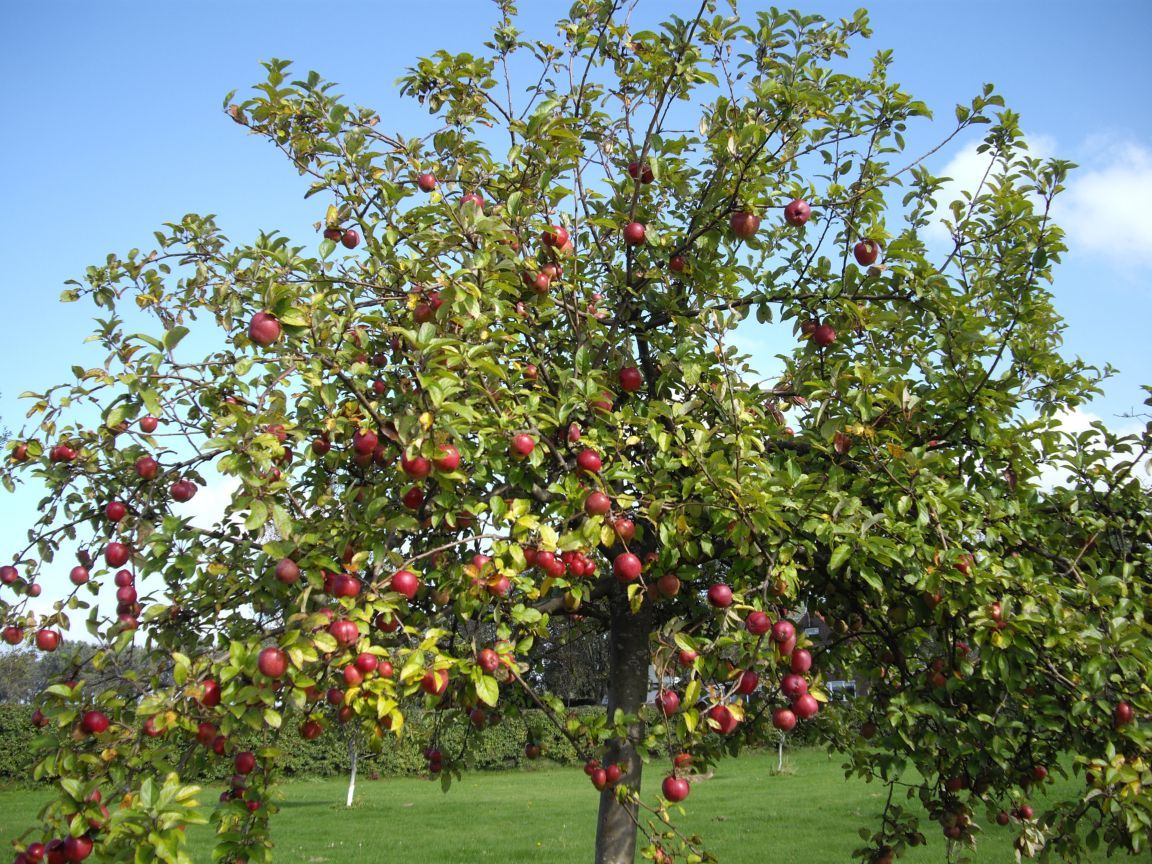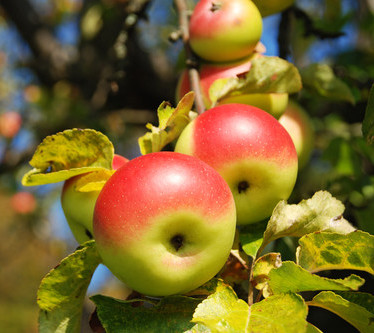Fruit Trees
Fruit trees require more careful pruning than the average tree. A well pruned fruit tree should have an open arrangement of branches where sunlight can penetrate well. To prevent diseases, the trees are pruned in winter (January / March). A few pruning tips: Cut back all branches to a length of about ten centimeters. When a branch splits, one of these branches can be removed. Branches growing downwards or towards the crown, can be removed as well.

Fruit trees can be roughly divided into two types: Pit fruit trees and stone fruit trees.
Pit fruit trees: Apple and pear trees can be pruned in winter from January to March. Preferably, this takes place under dry and slightly frosty weather conditions.
Stone fruit trees: Plums, peaches, apricots and cherries can best be pruned after the fruit bearing period (September / October). Stone fruit trees are sensitive to the disease galena in the winter period.

Fruit trees are prone to diseases. A common disease is fruit tree cancer (Nectria galligena). This is a fungal disease which can be very damaging to the trunk. Typical of this disease are large, wart-like deformations on the tree. Once diagnosed, that part of the tree needs to be removed and the wound treated with wound paste. Afterwards, don’t forget to disinfect the pruning tools thoroughly.